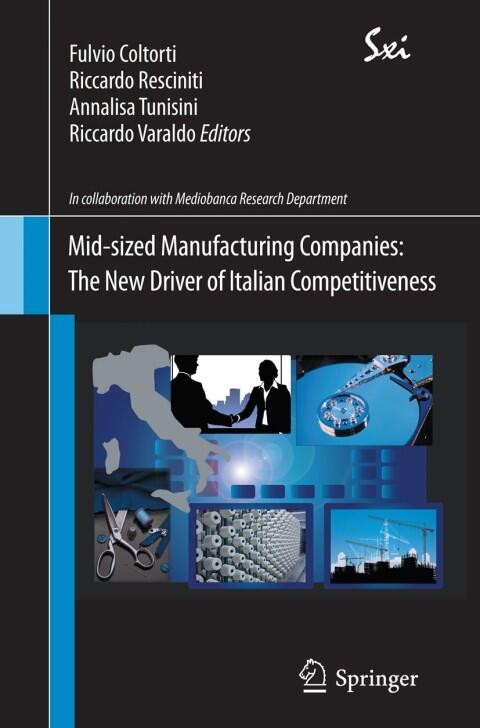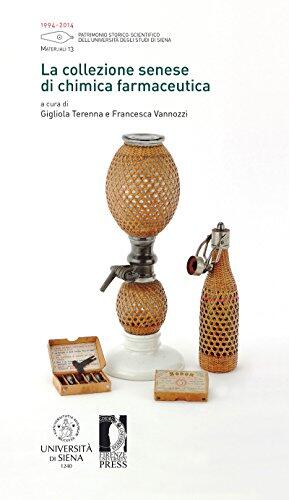
Mid-sized Manufacturing Companies: The New Driver of Italian Competitiveness
No ratings yet
Business & Economics
Format
Kindle
Pages
275
Language
English
Published
Jan 1, 2013
Publisher
Springer
Edition
2013
ISBN-10
8847025893
ISBN-13
9788847025899
Description
The Italian manufacturing landscape has long been dominated by small enterprises, but a shift is underway that highlights the crucial role of mid-sized companies in driving competitiveness. This transformation is explored in depth, shedding light on how these mid-sized entities are not only adapting to the evolving market dynamics but also becoming vital contributors to both the national and global economy.
The book delves into the unique characteristics of these firms, examining their strategies and innovations that allow them to thrive amidst challenges. By analyzing case studies and industry trends, it reveals how mid-sized manufacturers are leveraging their agility and expertise to carve out niches in various sectors, enhancing Italy's reputation for quality and craftsmanship.
Furthermore, it addresses the broader implications of this shift, suggesting that as these companies grow, they can help reshape industrial policies and foster deeper connections within supply chains. The insights offered provide valuable lessons for entrepreneurs, policymakers, and researchers looking to understand the evolving fabric of Italian manufacturing and its implications for future competitiveness.
Through a comprehensive exploration of mid-sized manufacturing, an engaging narrative emerges that celebrates the resilience and potential of these companies, positioning them as key players in the quest for innovation and economic prosperity.
The book delves into the unique characteristics of these firms, examining their strategies and innovations that allow them to thrive amidst challenges. By analyzing case studies and industry trends, it reveals how mid-sized manufacturers are leveraging their agility and expertise to carve out niches in various sectors, enhancing Italy's reputation for quality and craftsmanship.
Furthermore, it addresses the broader implications of this shift, suggesting that as these companies grow, they can help reshape industrial policies and foster deeper connections within supply chains. The insights offered provide valuable lessons for entrepreneurs, policymakers, and researchers looking to understand the evolving fabric of Italian manufacturing and its implications for future competitiveness.
Through a comprehensive exploration of mid-sized manufacturing, an engaging narrative emerges that celebrates the resilience and potential of these companies, positioning them as key players in the quest for innovation and economic prosperity.
Reviews
Reading Log
No reading logs found
Start tracking your reading progress to see logs here
Add Your First Reading LogNotes
Transaction Log
No transaction logs found
Start tracking your book transactions to see logs here
Add Your First Transaction Log


















